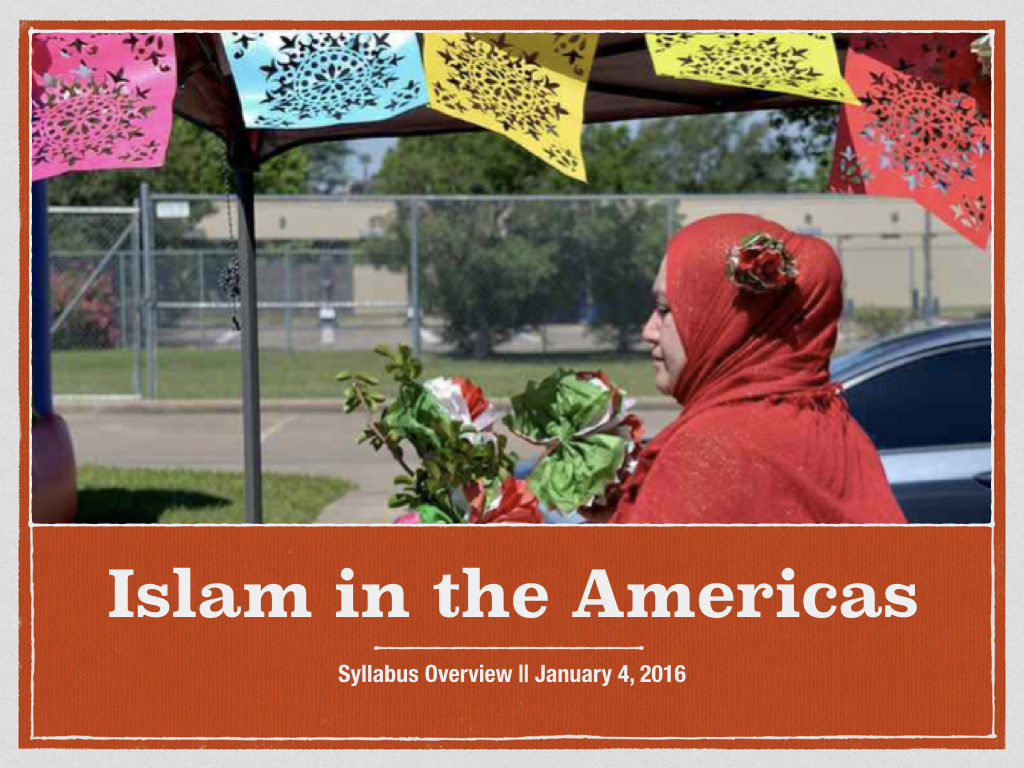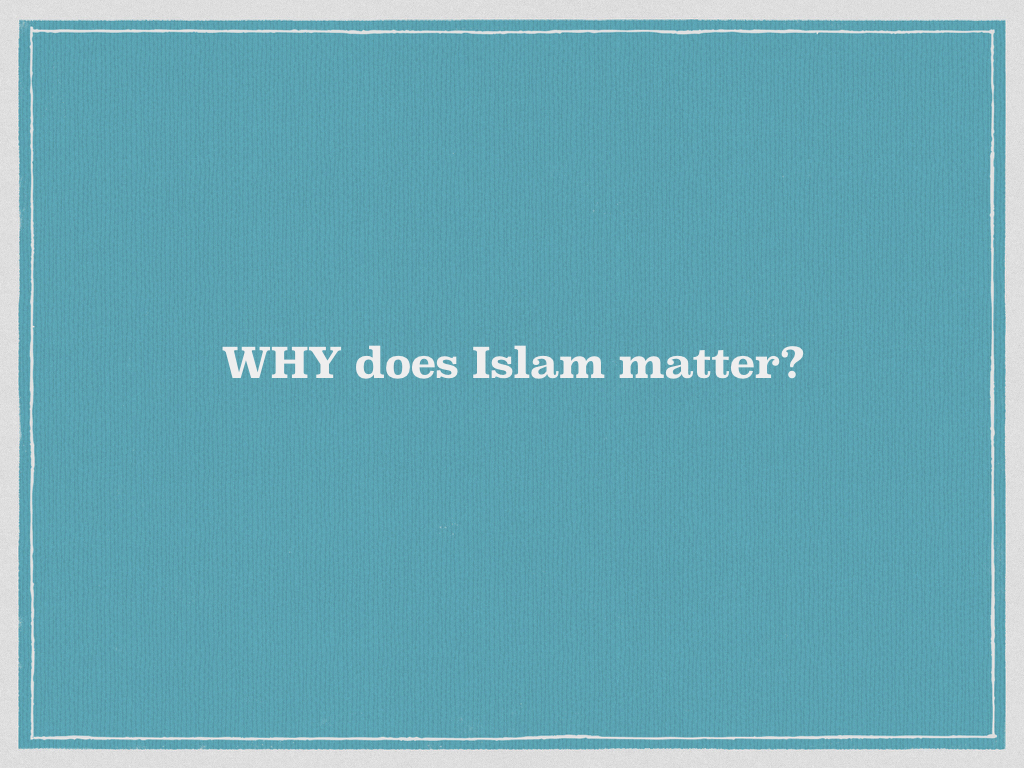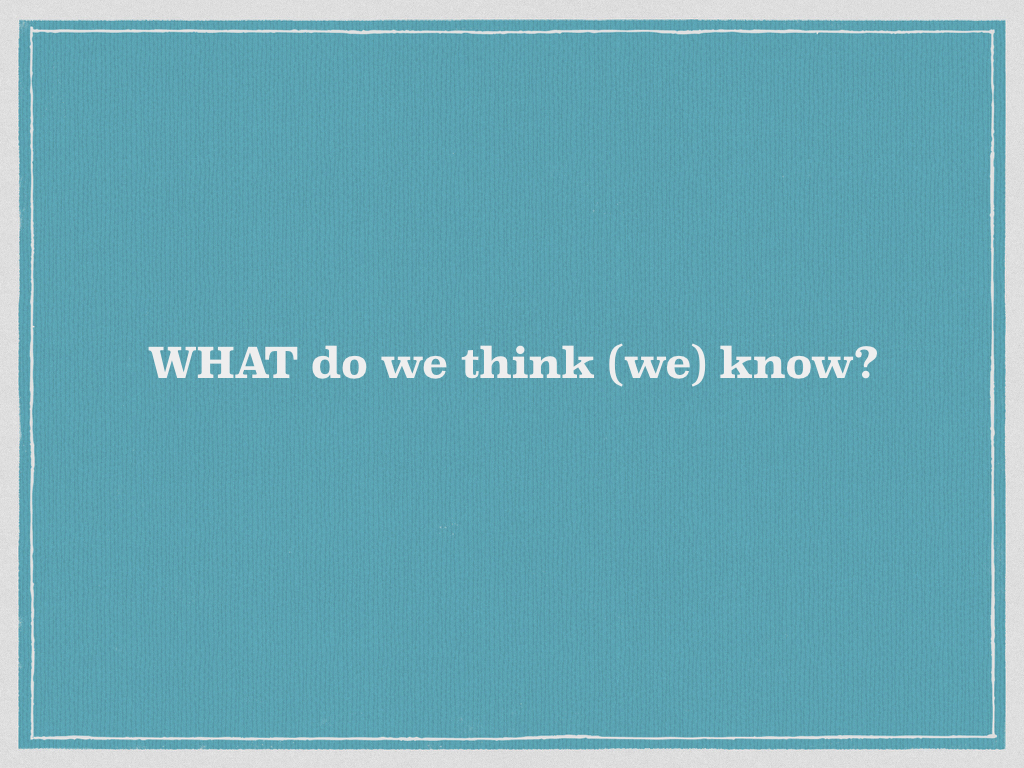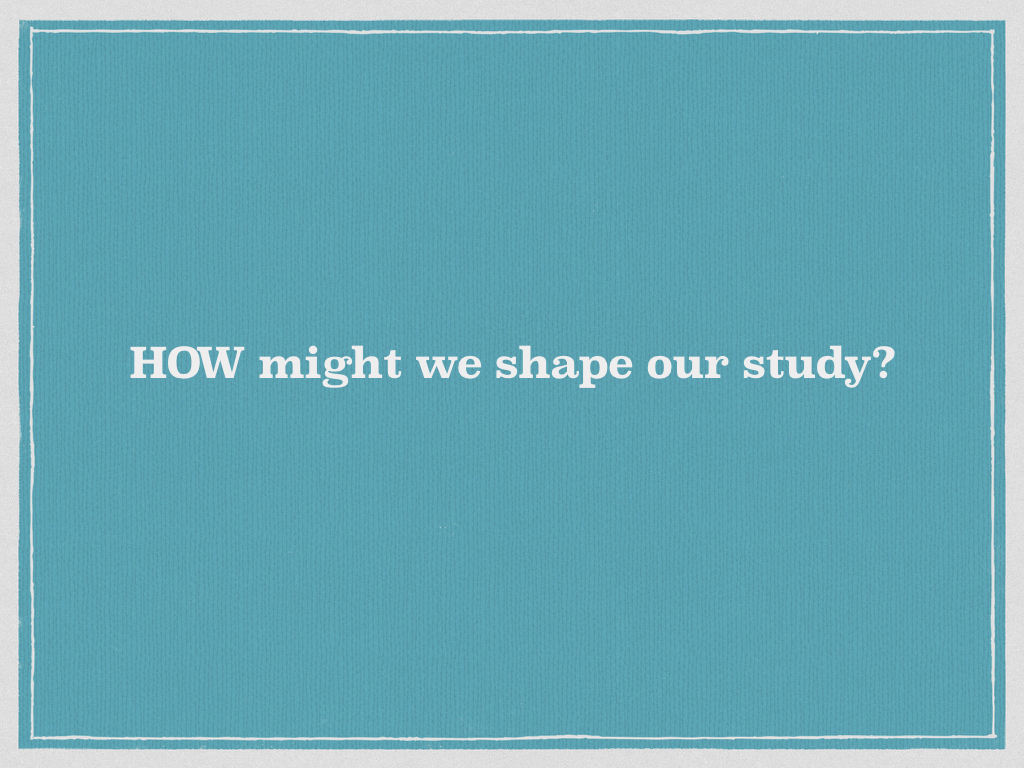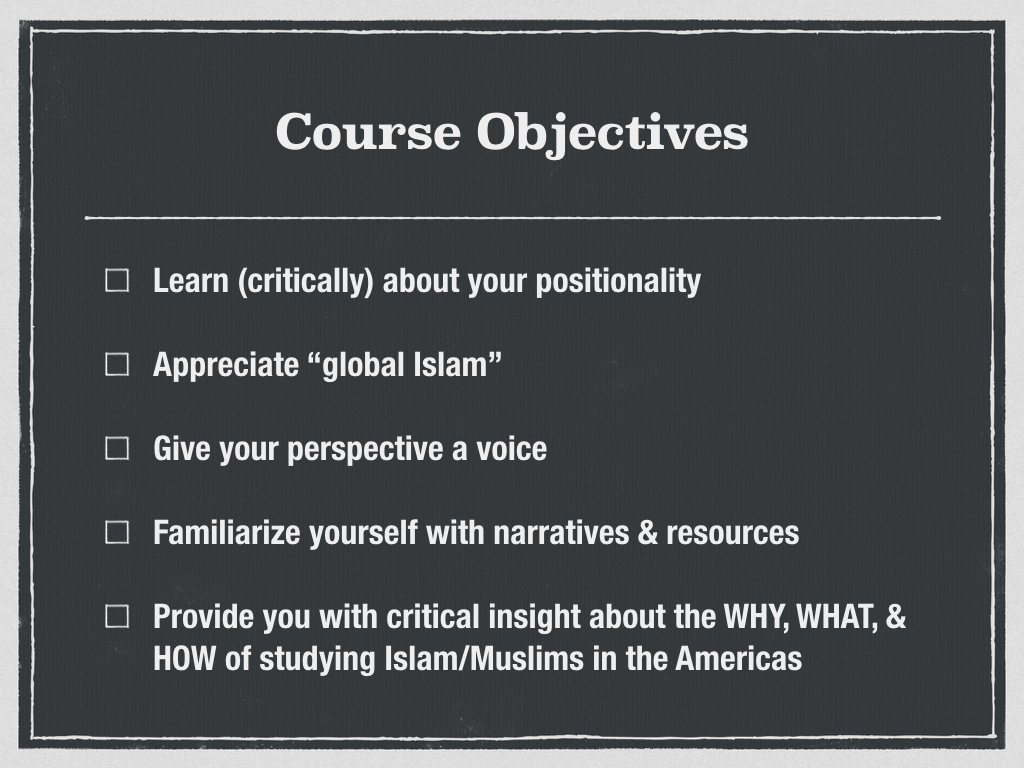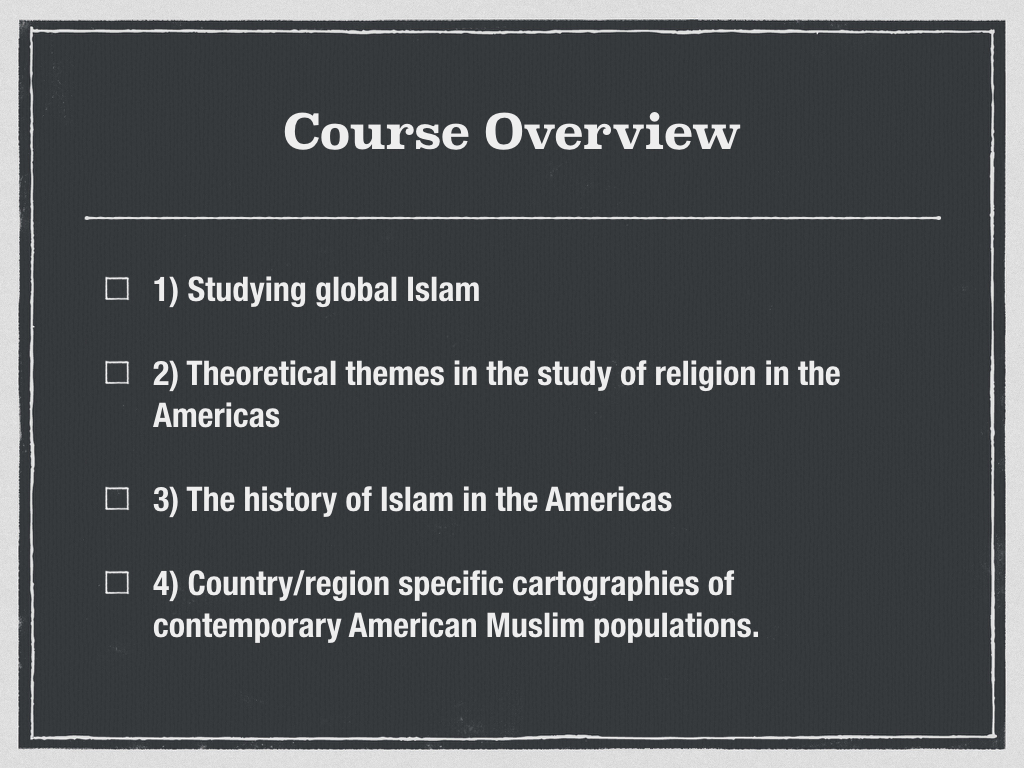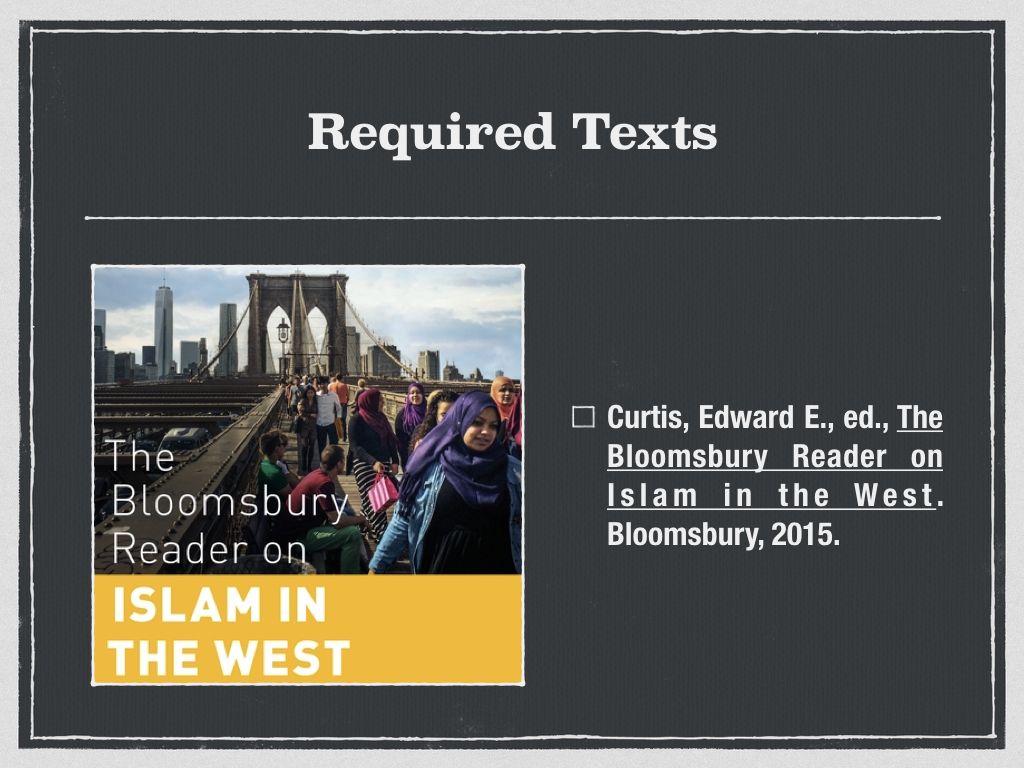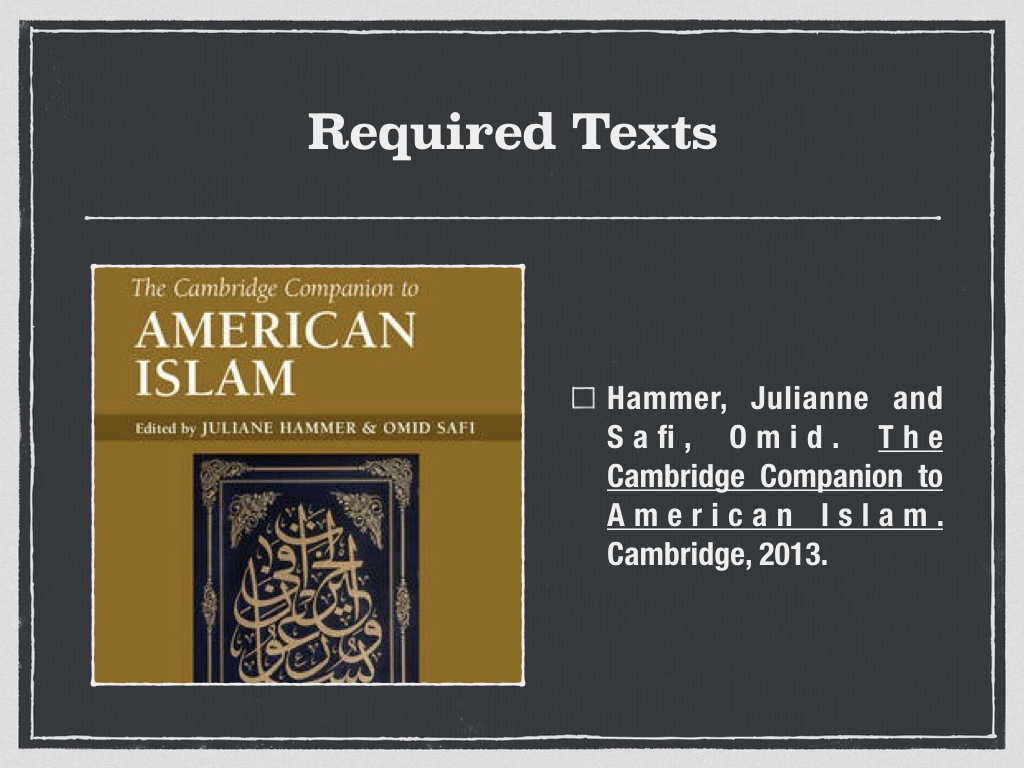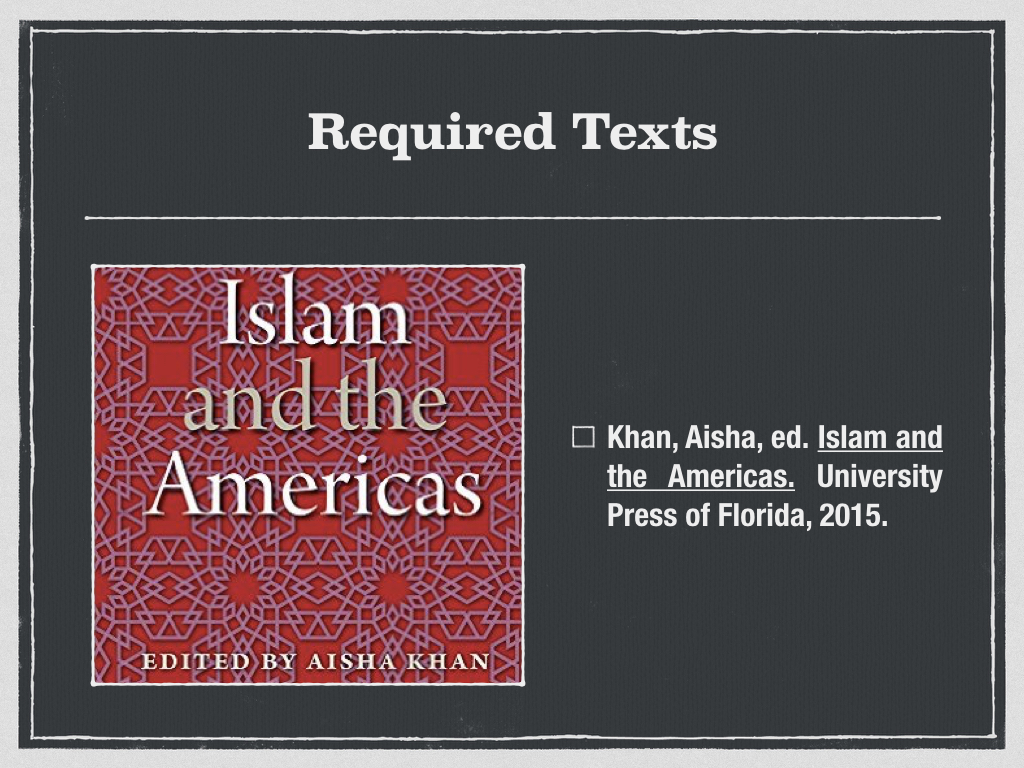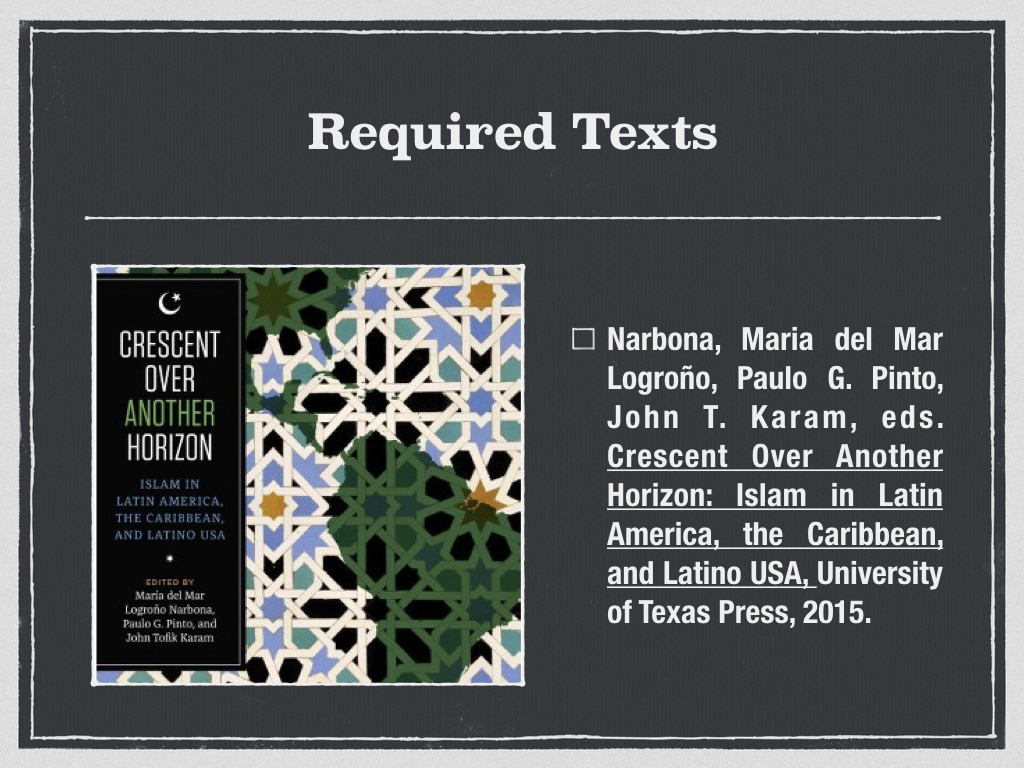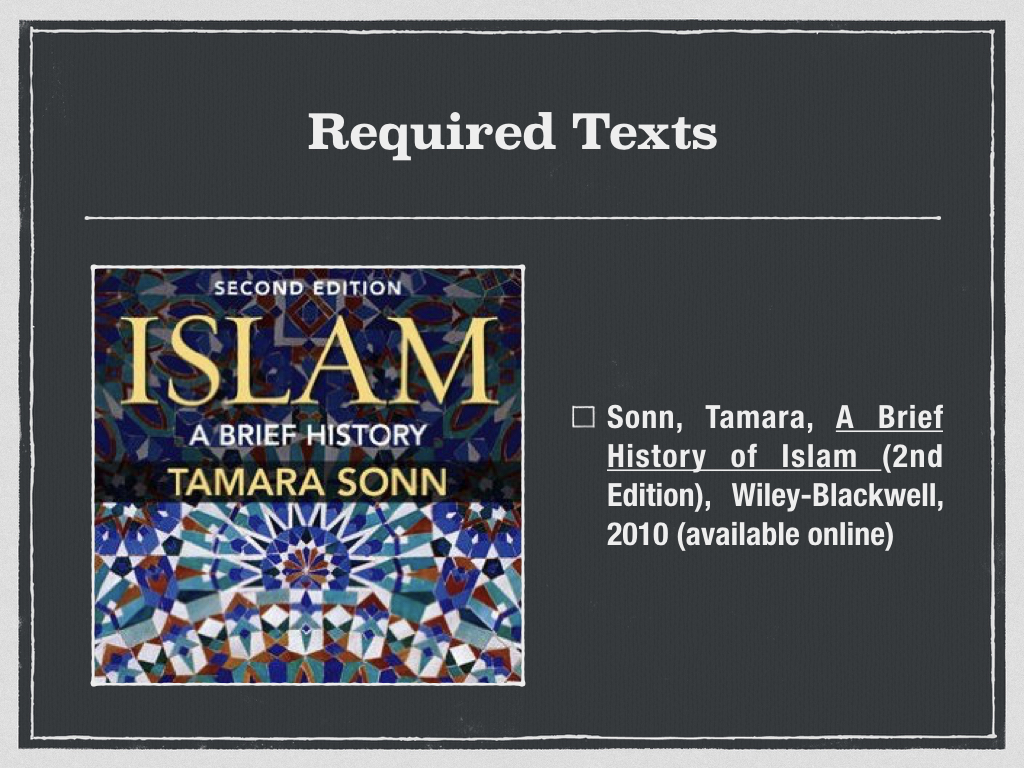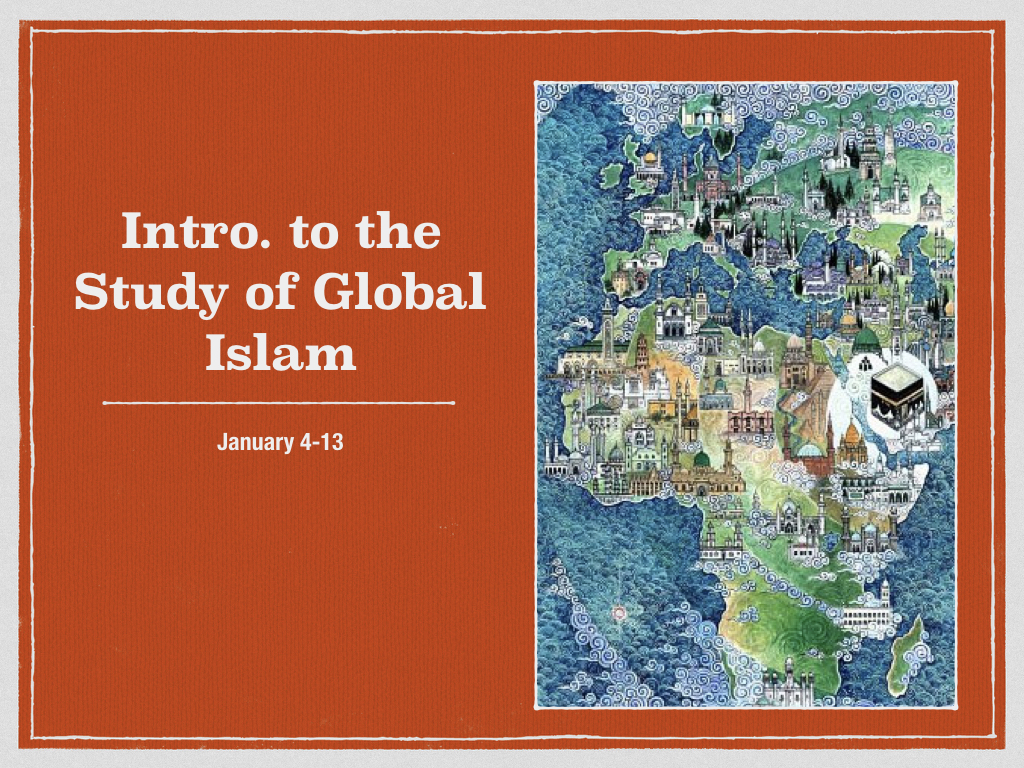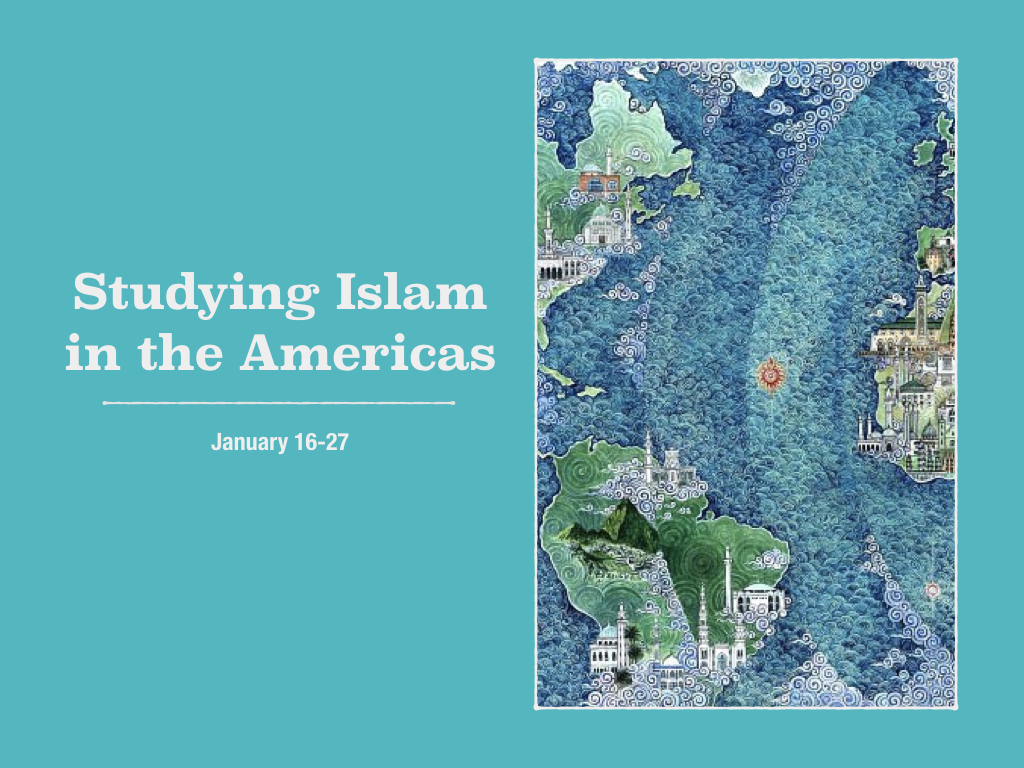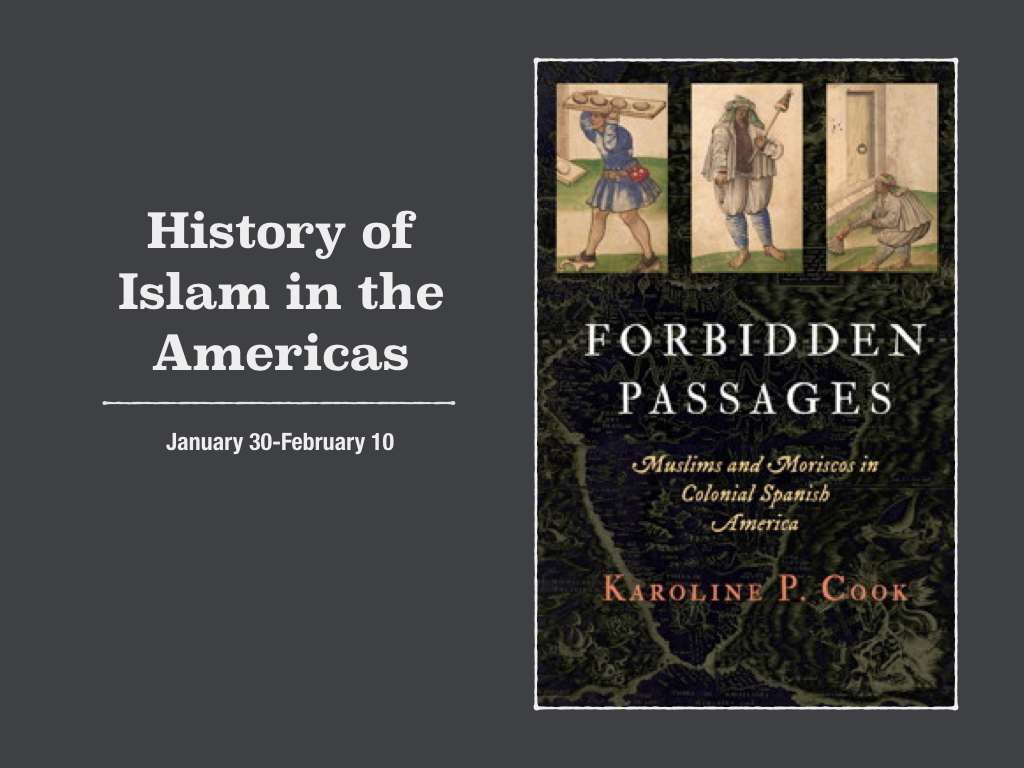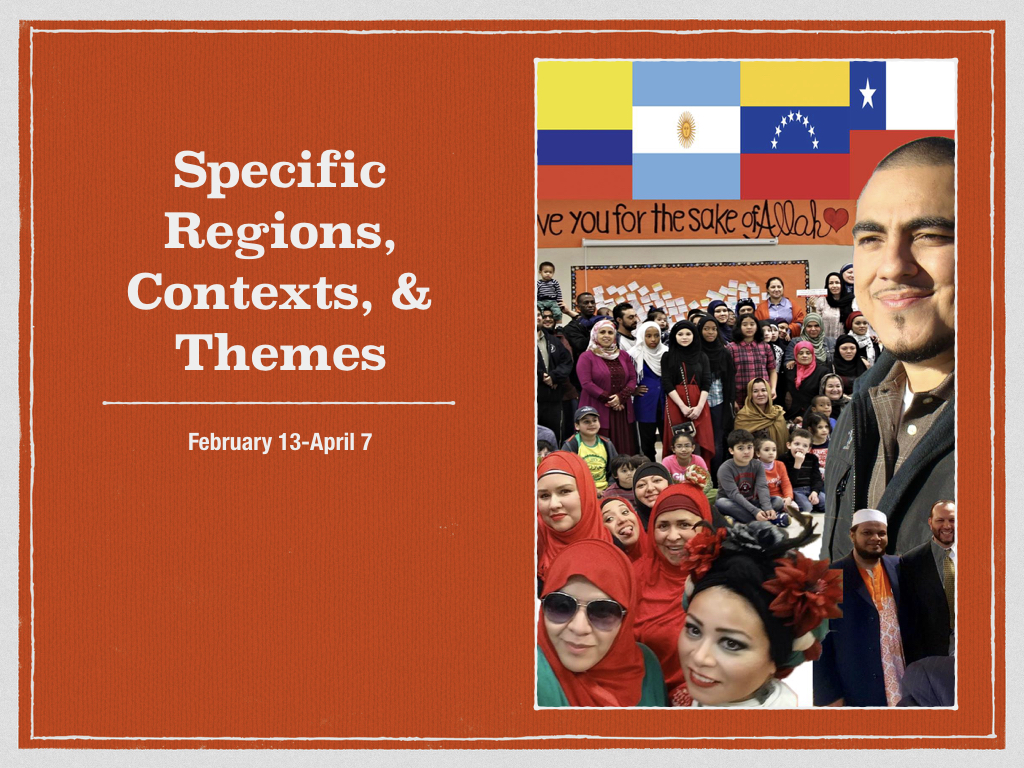The Iraqi coalition’s battle against al-Dawla al-Islamiyya (ISIS) fighters in Mosul, Iraq appears to be coming to a close. Reuters reported,
“Seven months into the U.S.-backed campaign, the militants now control only a few districts in the western half of Mosul including the Old City, where Islamic State is expected to make its last stand. The Iraqi government is pushing to declare victory by the holy month of Ramadan, expected to begin on May 27, even if pockets of resistance remain in the Old City, according to military commanders.
As the battle intensifies in its final stages the civilian death toll rages on. Indeed, as TIME reported, “civilian deaths in the battle surged to an all-time high in March.”
The same TIME article made note of how ISIS is using residents of Mosul as “human shields.” Throughout the battle in Mosul there have been numerous reports — from intelligence agencies and news outlets — about innocent civilians being used as “shields” by ISIS fighters. It appears that these civilian deaths are caused by a mix of Iraqi forces’ and U.S. coalition’s tactics and the sheer audacity of ISIS’s practices.
How is it that ISIS can justify the use of human shields? Is it pure barbarism or have the come to see this as a morally reasonable act? Is this practice acceptable according to Muslim law? Is it even shared amongst jihadis?


